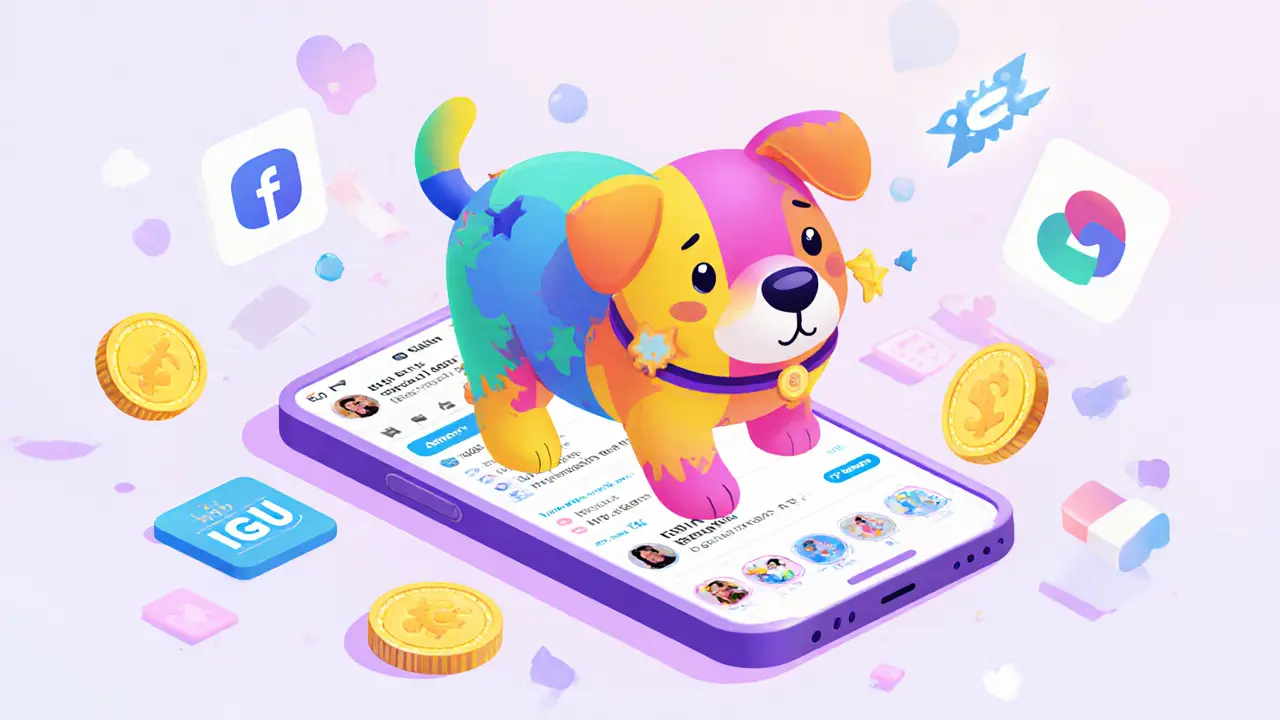AI-enhanced NFT: What They Are, How They Work, and Why They Matter
When you hear AI-enhanced NFT, a non-fungible token powered by artificial intelligence to change behavior, appearance, or value over time. Also known as dynamic NFT, it isn’t just a picture you buy and hang on a digital wall—it’s something that reacts, learns, or evolves based on data, user actions, or real-world events. Unlike static NFTs that stay frozen in time, AI-enhanced NFTs use machine learning models to adapt their traits, unlock new features, or even generate new content on their own. This isn’t sci-fi—it’s happening right now in projects that tie NFTs to live data feeds, user engagement, or decentralized AI agents.
These tokens rely on three core pieces: the NFT itself, a smart contract that controls its rules, and an AI layer that processes inputs and decides outputs. For example, an AI-enhanced NFT of a character might change its expression based on Twitter sentiment, or a digital artwork could shift colors depending on the price of Bitcoin. It’s not about rarity anymore—it’s about responsiveness. The smart contract, a self-executing code on a blockchain that automatically enforces rules without intermediaries makes sure the AI’s actions are transparent and tamper-proof. Meanwhile, the artificial intelligence, a system that mimics human decision-making using data and algorithms gives it the ability to learn from past behavior and predict future ones. These aren’t just tech buzzwords—they’re the engine behind NFTs that feel alive.
What you’ll find in this collection aren’t hype pieces or vague promises. These are real cases—some working, some failed—where AI and NFTs collided. You’ll see how one project used AI to generate unique NFT traits based on weather data, how another let holders vote on AI-driven changes to their digital assets, and why some AI-NFTs vanished overnight because the code was never tested. There’s no sugarcoating: most AI-enhanced NFT projects fail because the AI is just a gimmick, the data feed is broken, or the community loses interest. But the ones that stick? They turn collectors into participants. You’re not just owning something—you’re shaping it.
What makes this topic worth your time isn’t the tech—it’s the shift in power. Before, NFTs were static collectibles. Now, with AI, they become interactive experiences. You don’t just buy a digital punk—you help it grow, change, or even earn rewards based on how you use it. And that changes everything. Below, you’ll find honest reviews, breakdowns of real projects, and warnings about scams hiding behind fancy AI labels. No fluff. Just what works, what doesn’t, and why it matters for your next move.
IGU AI-Enhanced NFT Airdrop: How IguVerse Distributed $121K in Tokens and Built a New Kind of NFT Game
The IGU airdrop by IguVerse distributed $121K in tokens to 16,852 participants in late 2023, launching an AI-powered NFT pet game that turned social media activity into unique digital collectibles. Unlike static NFTs, each pet evolved based on user actions, blending Walk-to-Earn, Socialize-to-Earn, and Play-to-Earn mechanics into one mobile app.
Details +